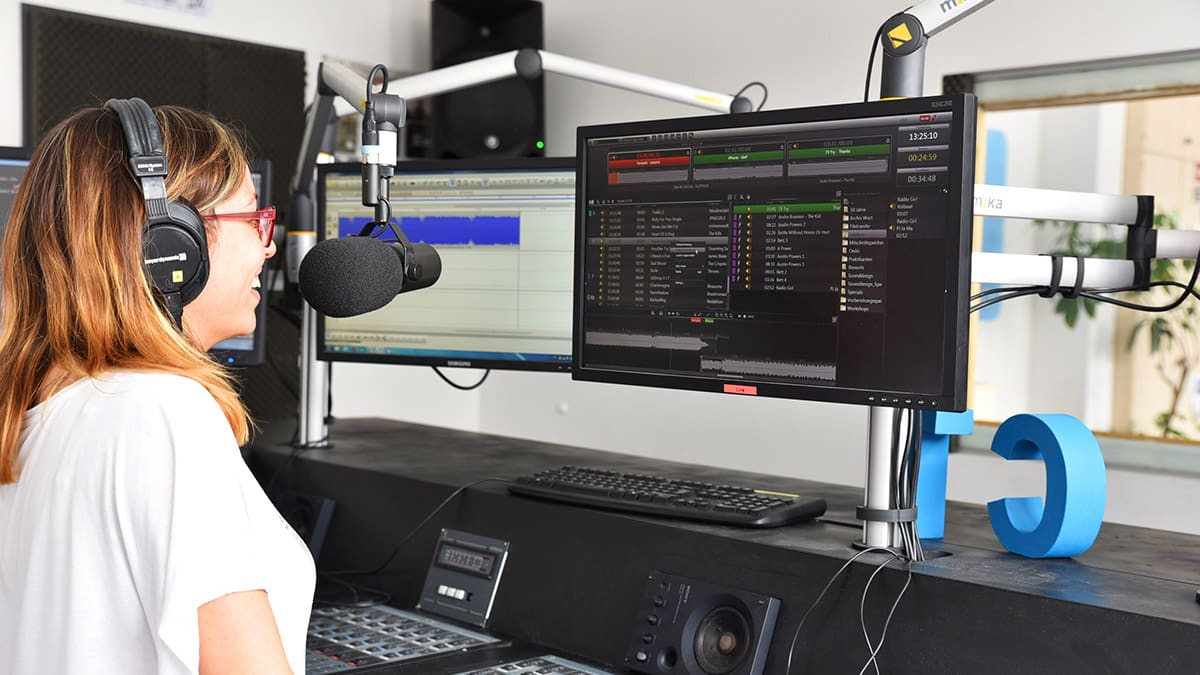RedTech: How has media consumption changed in recent years?
Michael Thielen: It’s changed dramatically. We now consume more media today than at any time in the last 10 years. What is interesting though, is that this is being mostly driven by mobile usage. In the United States for example, mobile media consumption has increased from an average daily use of 45 minutes to an incredible 252 minutes. Up until now, systems that facilitate media consumption have often not kept pace with this kind of growth. So, while there are still challenges in this regard, there are also fresh perspectives in software development and the ability to provide platforms to our clients that offer them the opportunity for a much broader program spectrum.
RedTech: What can broadcasters learn from start-up companies?
Thielen: Start-up firms are by nature agile and flexible, with a razor-sharp focus on innovating and problem solving. CGI is fortunate to work with a lot of start-up companies, which has helped us learn to be more agile and integrate this into our own processes. The result is that we can provide valuable solutions that speak to the user and encourage them to use those solutions, so they become even better and faster in the future. In this way, technology serves a purpose. A good example is “speech-to-text” automated transcribing that enables journalists to capture key catch phrases that trigger an editing program. Solutions like these are enormously important not just for broadcast content creators, but also for other industries.
Start-up firms are by nature agile and flexible, with a razor-sharp focus on innovating and problem solving.
RedTech: Is AI the future of media production?
Thielen: I would say that there are certain areas of media production that can definitely benefit from the application of AI, such as automating content production to provide wider access to content, but at lower costs. Another area where it makes sense is fake news detection. At CGI, we work with the Fraunhofer Institute on AI innovation for radio production to prevent the falsification of audio material. When it comes to live news broadcasts however, particularly on television, AI still has a long way to go. The broadcast and media industry sells emotions, and even in today’s modern world, nothing beats the power of the human connection to deliver that authentic experience.
RedTech: Looking ahead — what future development will shape news production and consumption by 2030?
Thielen: As content consumption continues to rise, driven by mobile usage, I believe that advancements like the rollout of 5G will support faster content delivery. At the same time, the incredible number of ways in which we consume news content will also impact how it’s produced, packaged and delivered. The “one size fits all” approach has been replaced with an audience-centric mindset, which means that the same content is far more accessible, to a much wider audience. Exciting times!

